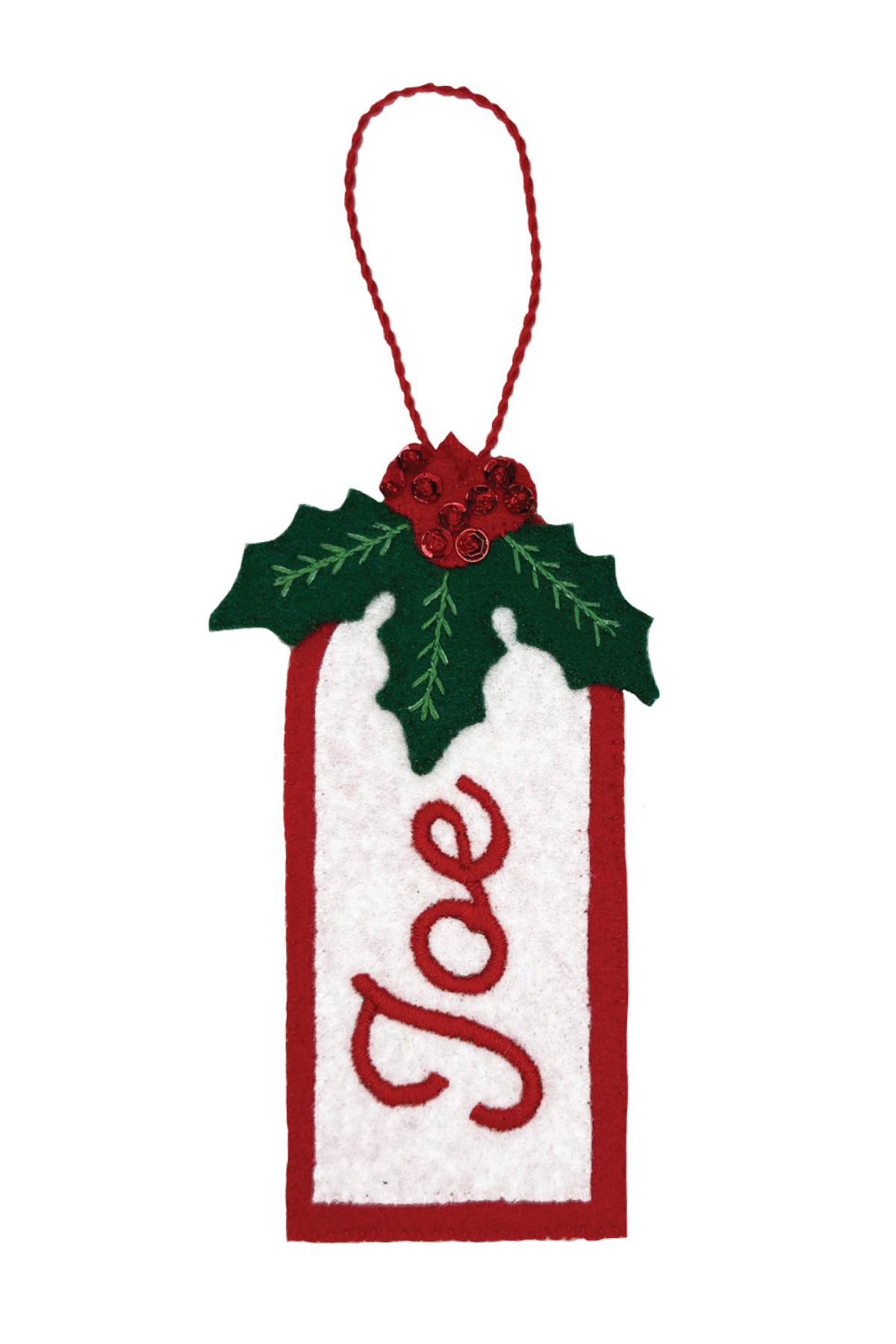The Saint Nicholas Day Tradition

Posted on December 20, 2020

Who is St. Nicholas? And why is he celebrated? We’ll answer those questions and more in this post about the Saint Nicholas Day tradition.
Bluchers and boots. Clogs and cleats. Sneakers, slippers and stockings. On a very special night each year, children around the world put out their footwear with care in hopes that St. Nicholas will soon be there. But we’re not talking about Christmas Eve. In fact, we’re referring to the eve of Saint Nicholas Day.
Who is St. Nicholas?
St. Nicholas is the patron saint of children, and an important religious figure within the Catholic faith. Before coming into sainthood, St. Nicholas — who was also called Nicholas of Bari or Nicholas of Myra — was a bishop. And while Nicholas was known for many things, his wealth and generosity were the most lauded traits.
Why is Saint Nicholas Day Celebrated?
Saint Nicholas Day is also known as the Feast of Saint Nicholas within the Catholic faith. Every canonized saint is assigned a feast day. And while nearly every calendar day is marked by a feast, some saints’ special days — like Saint Nicholas Day and Saint Patrick’s Day — have gained international popularity.
But the feast day tradition is just part of the story. St. Nicholas is the undisputed inspiration for modern-day Santa Claus (or Sinterklaas for several European regions) and the Christmas stocking tradition. Why? This is where his legend comes into play.
St. Nicholas and the Shopkeeper
As legend has it, one day Nicholas heard of a widowed shopkeeper’s dilemma. The shopkeeper had three daughters. But without the money to afford a dowry, he worried his children would never marry and be left destitute when he passed away. Being the generous man he was, Nicholas made his way into the widower’s home one evening and left bags of gold in each daughter’s stocking. When the family woke the next morning, they found the gold and rejoiced. The girls could now get married and the shopkeeper’s worries were put to rest.
Today, this is widely considered St. Nicholas’s origin story — a story that’s helped create St. Nicholas Day and Christmastime traditions all over the world. (Fun fact: Using oranges as stocking stuffers is said to represent the bags of gold.)
When is Saint Nicholas Day?
In Western countries, celebrations happen on the eve of Saint Nicholas Day, which is Dec. 5 each year, or on the official feast day of Dec. 6. In Eastern countries, the festivities take place on Dec. 19.
Who celebrates Saint Nicholas Day?
French Catholics were reportedly the first to celebrate St. Nicholas, way back in the 1200s. Today, Saint Nicholas Day is celebrated by some Christian denominations, including: Catholics, Anglicans, Lutherans, Methodists and Eastern Orthodox Christians.
This means people all around the world — from Germany and Belgium to Hungary and Croatia — celebrate Saint Nicholas Day.
How is Saint Nicholas Day celebrated?
Saint Nicholas Day celebrations vary from country to country, and even region to region. But the feast day is usually regarded as the year’s biggest gift-giving occasion, rather than Christmas Eve or Christmas Day as it is in the United States or Great Britain. (Saint Nicholas Day is still celebrated in the U.S. and Britain but as a separate holiday.)
Just as many American and British children do on Christmas Eve, kids often place shoes or stockings out on the eve of Saint Nicholas Day. In the Netherlands, for example, kids put out clogs filled with hay and carrots for the horses of their St. Nicholas character, Sinterklaas. In return, he leaves treats and gifts for children.
As for other Saint Nicholas Day traditions, for many Eastern Orthodox Christians like Serbians, Albanians and others, there’s a fasting period before the feast day. And in nearly every country or region, there are signature baked goods that go along with the celebrations — from spiced cakes and pastries in France or the Netherlands, to fruitcakes in Greece. Other traditions include storytelling, singing, collecting alms for the poor and so much more.





